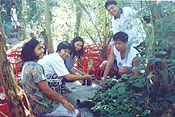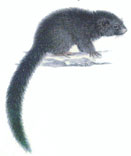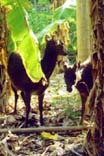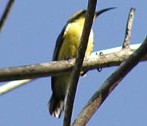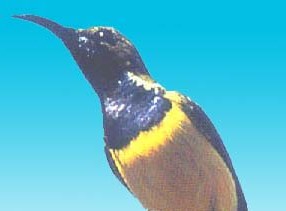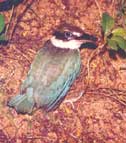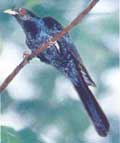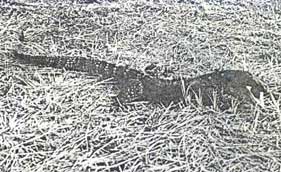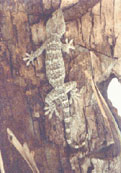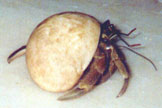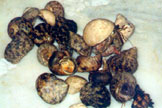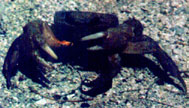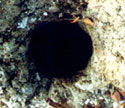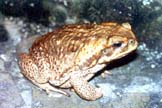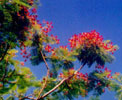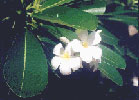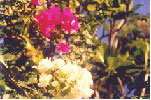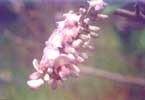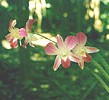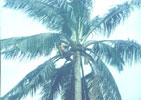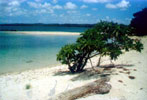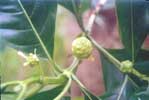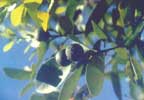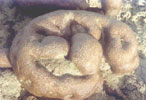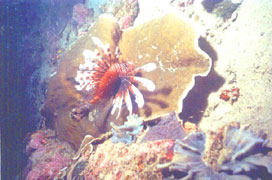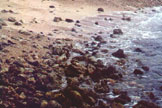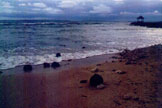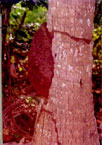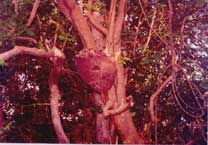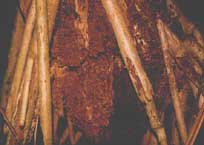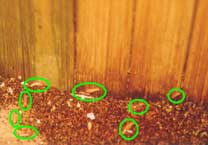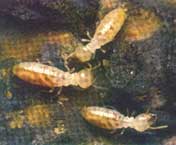 |
Environment
DER NACHFOLGENDE "LINK" UMWELT WIRD IN KUERZE INS DEUTSCHE UEBERSETZT.
|
Nagarao
is also a refuge of nature. 20 years of environmental protection
is bearing its fruits.
Nagarao Island Resort has initiated a project to plant Jungle trees (Dipterocarp species) and recreate cluster of rain forest. |
||
|
Planting Dipterocarps
|
Nagarao Island is home to many animal species. Explore the island by day or night.
|
Panay Cloud Rat
|
Philippine
Deer
|
|
Sunbirds
left: female right: male |
|
left: King Fisher
right: Koel (cuckoo) |
|
Omang, the Land Hermit Crab is found
in great numbers all over the island. |
|
|
Kuray, the Land Crab (Cardisoma Carnifex)
lives near the mangroves, digging through the mud for food. Some
walking trails are full of holes that look like small volcanoes.
|
|
|
||||||||||||||||||||||||||||||||
|
||||||||||||||||||||||||||||||||
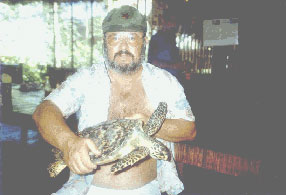 |
||||||||||||||||||||||||||||||||
 |
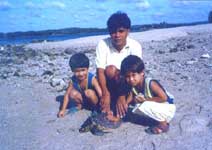 |
|||||||||||||||||||||||||||||||
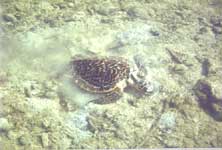 |
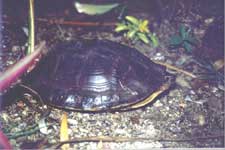 |
|||||||||||||||||||||||||||||||
|
|
|||||||||||||||||||||||||||||||
Brief Review
of Nagarao's Plant Life
|
Flamboyant or Fire tree (Delonix regia)
|
White Frangipani or "Calatchuchi" |
Bougainvillea
|
|
|
Nagarao's
Spectacular Flowers
|
|||
|
Flower
of Euphorbia
|
Flowering
Candelabra cactus |
||
|
Flower
of
Madre de Cacao |
Kampanilya / Amarillo or Yellow Bell
|
Epiphytic
Orchid
|
![]()
![]()
![]()
![]()
![]()
![]()
![]()
![]()
![]()
![]()
![]()
![]()
![]()
|
Coconut Tree
|
Sipping coconut
|
Nipa palm
|
|
|
All
time favorites |
|||
|
Bamboo
|
Cacao tree with ripe fruit
|
||
|
Balunggay or
Drumstick tree |
Pandan
|
The
fruit of Pandan
|
![]()
![]()
![]()
![]()
![]()
![]()
![]()
![]()
![]()
![]()
![]()
![]()
![]()
|
Male
cone of Pitogo
|
Ivory
Tree
(Calotropis gigantea) |
Flowering
Yucca Palm
|
|
Exotic
Jewels |
||
|
Bobog
tree
|
Noni/Anino tree
|
|
|
Betel Palm
(Aracea cathecu) |
Calamansi
or lemon tree (Citrus microcarpa)
|
Dipterocarpaceae,
two years after planting
|
![]()
![]()
![]()
![]()
![]()
![]()
![]()
![]()
![]()
![]()
![]()
![]()
![]()
Nagarao's Marine Sanctuary
Nagarao, apart from its tropical forest, contains two major tropical
coastal and marine systems: the coral reef and mangroves.
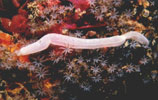 |
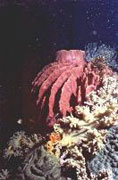 |
||
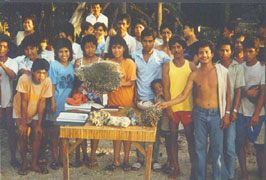 |
Islanders listening to a lecture of Martin on the vital importance of the coral reefs that form islands and protect shores from erosion.
The vital role of corals in island building can be observed on a daily basis at Nagarao. Here, this never ending process is in full swing. The rolling waves of the ocean push old coral rocks toward the beach and mill them into smaller pieces until they become fine white sand. New sand dunes grow and shift with the waves and wind until plants manage to grow permanently on the new territory.
|
Coral rocks are slowly pulverized
|
Coconuts and other seeds are washed ashore
|
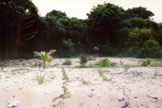 |
|||
|
The coconut
starts growing |
Nagarao expanded considerably in the last
20 years, thanks to corals
|
||
Most of the new plants are washed ashore as seeds by the waves after floating for quite a long time in the ocean. Coconut, Nipa, Pandan, Talisay, Beach Vines and many other plant species colonize the newly formed land.
Termites / Anay
Termites or Anay as they are called in the local dialect are present in all tropical regions and are found in colonies of great numbers on Nagarao Island as well. Termites are blind. Perfectly organized, they attack any kind of wood preferably when it's soft and dry. They really devour all the wooden cottages and structures Martin have built originally on Nagarao, thus forcing him to replace all by stone buildings. Martin calls them the empire of termites.
|
Termite
"house" attached
to Coconut trunk |
Termite
building attached to Ficus tree
|
|
Termite
house
under Pandan roots |
Termite
mound
rising on plain soil |
The word termite is derived from Greek meaning "end." Termites can actually terminate any human effort to achieve durable wooden structures in the tropics. Nothing will endure there, not even a book or piece of paper.
No wonder that the great cultures of the past evolved in the dry, termite free down-stream regions along the Euphrates and Tigris rivers in Mesopotamia, the Nile in Egypt and the Indus river where trees were practically absent. Civilizations too developed in the cool altitudes of the Andes mountains and other regions of the earth safe from termites. Ancient civilizations were rediscovered only in sites where people used stones or bricks as building materials.
Until man began to use stones and bricks they remained at the mercy of the termites. This can be demonstrated because no evidence of a lasting advanced civilization has been found in the Amazon or any tropical jungles. Exceptions are only found in places where stone was imported or available.
History reveals that human civilization finally reached its peak in the termite-free, temperate and cool regions of the northern hemisphere.
The humidity and heat of the termite-infested tropics did not inspire man to plan for eternity.
Martin regretted he did not have the proper knowledge when he started to build the resort, because it would have saved him a lot of money. Money he rather would have spent for reforestation efforts.
While you are on Nagarao, stroll around the island and look for termite mounds and traces of their activities. You will find them anywhere.

